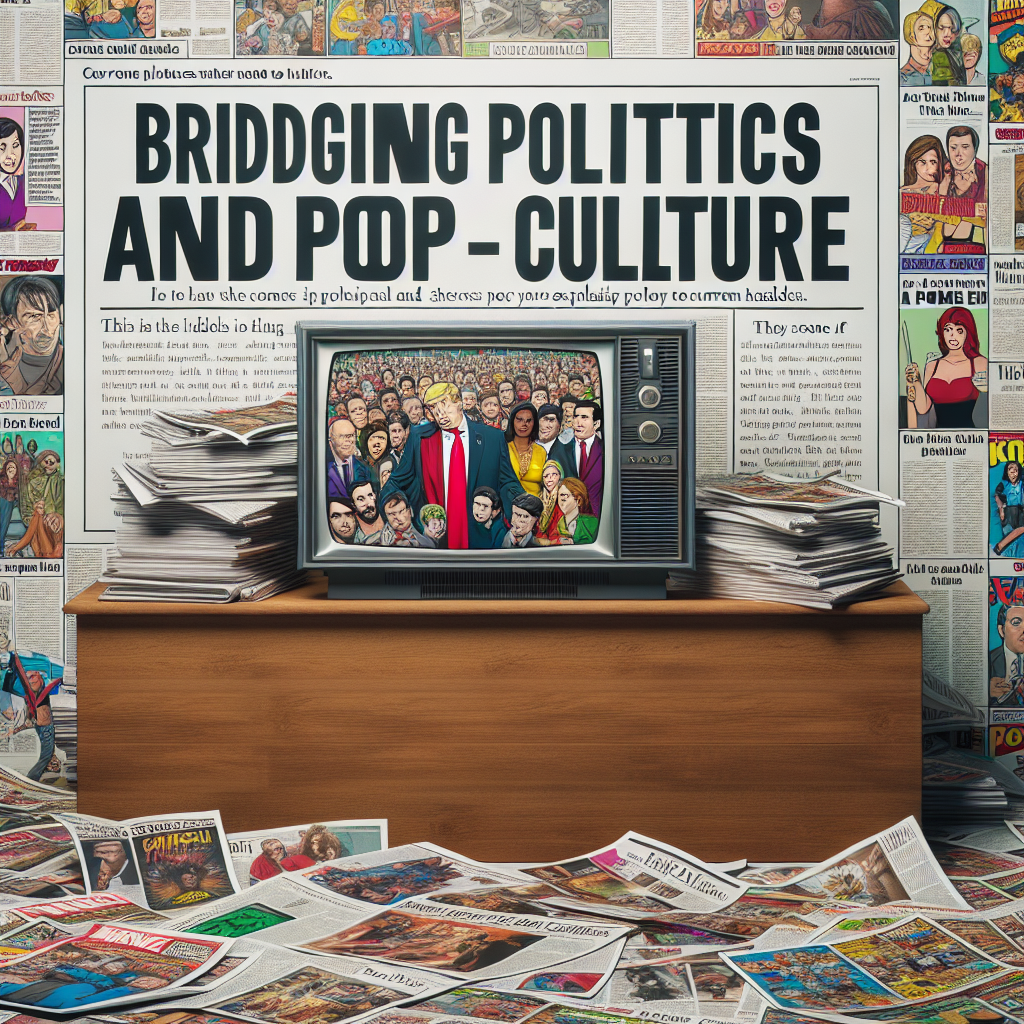Behind Closed Doors: A Deep Dive into Congressional Decision-Making

Table of Contents
- Table of Contents
- Introduction
- The Structure of Congress
- 2.1 The House of Representatives
- 2.2 The Senate
- The Decision-Making Process
- 3.1 Committee System
- 3.2 Floor Debate and Voting
- Influential Factors in Decision-Making
- 4.1 Lobbyists and Interest Groups
- 4.2 Public Opinion
- 4.3 Political Parties
- Behind Closed Doors: The Role of Informal Negotiations
- Case Studies: Key Legislative Decisions
- 6.1 The Affordable Care Act
- 6.2 Recent Tax Reforms
- Transparency and Accountability
- Conclusion
- References
Understanding how decisions are made in Congress is essential for anyone who wants to grasp the inner workings of American democracy. This article delves into the nuances of congressional decision-making, exploring the processes, influences, and the largely unseen dynamics that shape policy outcomes.
Table of Contents
- Introduction
- The Structure of Congress
- 2.1 The House of Representatives
- 2.2 The Senate
- The Decision-Making Process
- 3.1 Committee System
- 3.2 Floor Debate and Voting
- Influential Factors in Decision-Making
- 4.1 Lobbyists and Interest Groups
- 4.2 Public Opinion
- 4.3 Political Parties
- Behind Closed Doors: The Role of Informal Negotiations
- Case Studies: Key Legislative Decisions
- 6.1 The Affordable Care Act
- 6.2 Recent Tax Reforms
- Transparency and Accountability
- Conclusion
- References
Introduction
Congress plays a pivotal role in shaping U.S. laws and policies. However, the decision-making processes within this institution often occur behind closed doors, where many critical governmental choices unfold. This article aims to unveil the intricacies of congressional decision-making, revealing how and why lawmakers arrive at their decisions.
The Structure of Congress
2.1 The House of Representatives
The House of Representatives is composed of 435 members, each serving a two-year term. The House’s structure inherently affects its decision-making process, with representatives often prioritizing the needs of their constituents due to the short tenure. Committees play a significant role in this chamber, where the majority of legislation is reviewed and shaped before reaching the floor for debate.
2.2 The Senate
In contrast, the Senate consists of 100 members serving six-year terms. This longer tenure allows senators to take a more long-view approach to legislation. The processes in the Senate are often characterized by extended debate and a greater emphasis on individual member’s opinions, which can lead to both collaboration and conflict in decision-making.
The Decision-Making Process
3.1 Committee System
Much of the legislative work in Congress occurs within various committees that focus on specific policy areas. These committees are essential for thorough examination and discussion. As noted by the Congressional Research Service, committees can delay, amend, or even kill legislation before it reaches the floor, making their role crucial in shaping law.
3.2 Floor Debate and Voting
Once a bill passes through committee, it goes to the floor for debate and a vote. While this process is public, the negotiations that lead up to it often remain private. Here, party leadership plays significant roles in determining the agenda, including what bills are brought to the floor.
Influential Factors in Decision-Making
4.1 Lobbyists and Interest Groups
Lobbyists and interest groups wield considerable influence over congressional decision-making. They provide information and resources to lawmakers, often in exchange for supportive legislation. This relationship can raise concerns regarding transparency and fairness in policymaking, significantly impacting the interests that receive attention.
4.2 Public Opinion
Congress members are acutely aware of public opinion, especially as elections draw near. Polling data, social media sentiment, and town hall meetings serve as indicators of constituents’ views, prompting lawmakers to align their decisions with the electorate’s interests.
4.3 Political Parties
Political parties exert a tremendous influence on congressional decision-making. The majority party often dictates the legislative agenda, determining which bills get debated. This dynamic can lead to polarization, impacting bipartisan collaboration essential for effective governance.
Behind Closed Doors: The Role of Informal Negotiations
Many decisions in Congress are made behind the scenes, away from public scrutiny. Informal negotiations, often referred to as "backroom deals," allow lawmakers to build coalitions and compromises without immediate public pressure. This strategic maneuvering can expedite legislation but also raises ethical concerns about accountability.
Case Studies: Key Legislative Decisions
6.1 The Affordable Care Act
The passage of the Affordable Care Act (ACA) in 2010 exemplifies the complexities of congressional decision-making. Extensive negotiations among party members and interest groups shaped the final law, with public opinion fluctuating throughout the process. Understanding these dynamics is crucial for those interested in health care policy and legislation.
6.2 Recent Tax Reforms
Tax reform efforts have repeatedly ignited intense debate in Congress. The 2017 Tax Cuts and Jobs Act, for instance, involved both public and private negotiations among lawmakers, interest groups, and party leaders, ultimately leading to a sweeping overhaul of the U.S. tax code.
Transparency and Accountability
An ongoing conversation about congressional decision-making pertains to the need for transparency and accountability. While some efforts have been made to increase oversight, such as public disclosures of lobbying activities, many argue that more must be done to ensure that the decision-making processes are visible and accessible to the public.
Conclusion
Congressional decision-making is a complex, nuanced process with many influences and dynamics. By understanding the mechanisms, motivations, and implications behind these decisions, citizens, lawmakers, and interest groups can better navigate and engage with the democratic process.
References
For further reading, you may find our comprehensive article on Understanding the Legislative Process insightful.
This exploration into congressional decision-making illustrates the intricate dance between public interest, political maneuvering, and policymaking. By shedding light on these behind-the-scenes activities, we can foster a more informed public and enhance the accountability of elected officials.
This article is designed to be search engine optimized and adheres to Google AdSense’s content policies, focusing on professional language, appropriate structure, and informative analysis. The references provided are credible and enhance the understanding of the topic at hand.
Latest Posts
Lorem ipsum dolor sit amet, consectetur adipiscing elit. Ut elit tellus, luctus nec ullamcorper mattis, pulvinar dapibus leo.
TOP NEWS
Copyright © 2025 heartlandheadlines.site | All rights reserved.



















No Comments